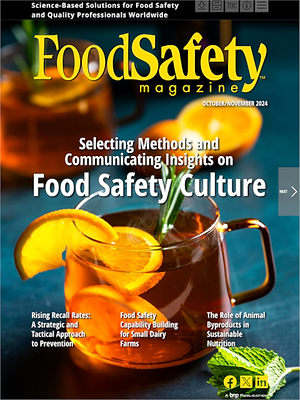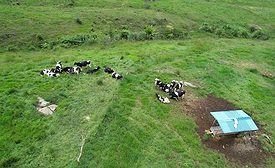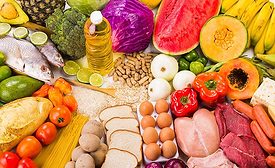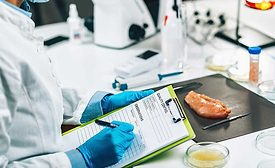Home » Publications » Food Safety Magazine
Our Publications
Please select a publication below.
Food Safety Magazine

October/November 2024
Cover Story
Back to TopAs food safety professionals, recognizing the importance of both food safety culture and effective communication is crucial
Read More
Features
Back to TopFood Safety Capability Building for Small Dairy Farms—A SSAFE Approach
Significant growth and advancement in low- and middle-income countries can be accelerated when operators across the dairy chain meet international standards for food safety
October 10, 2024
Maximizing Protein Utilization: The Role of Animal Byproducts in Sustainable Nutrition
A promising solution to the growing global demand for protein lies in the efficient use of byproducts from the meat industry, which are rich in protein but often underutilized
October 10, 2024
Columns
Back to TopRising Recall Rates: A Strategic and Tactical Approach to Prevention
Company culture and leadership are critical for effective recall prevention and efficient operations
October 10, 2024
A New Day Dawns at FDA with the Establishment of the Human Foods Program
The Agency will increase oversight of chemical substances used in food and food packaging
October 11, 2024
From ‘Good’ to ‘Great’—A Story of Transformation with Culture at the Heart
Driving a food safety culture is about more than training, audits and inspections, or testing; fundamentally, it is about how we influence people's behaviors
October 11, 2024
How to Improve Salmonella Controls to Create an Effective Cronobacter Control Strategy
Salmonella control strategies are foundational to maintaining safe food manufacturing environments, but those programs must be taken to the next level to ensure that powders are free from Cronobacter
October 14, 2024
A Better Way to Clean Up the Food Mess: Creating a New "FAD"
Complex and disparately funded regulatory oversight for food and beverage products, spread out among many federal agencies, has created a regulatory mess that demands a radical fix
October 15, 2024
Putting PFAS to the Test: Mitigating the Risks of PFAS Exposure and Litigation
By identifying which manufacturing steps have a higher likelihood of introducing PFAS into the product, manufacturers can focus their monitoring efforts on those weak areas
October 15, 2024
How is the Revolution in Technology Changing Food Safety?—Part 3
Food safety professionals continue to be focused on efforts to continually get better at their fundamental responsibility to produce safe food
October 15, 2024
The Need for Ongoing Confirmation of Food Safety Programs Efficacy
Food businesses that do not confirm the efficacy of what they do to ensure the safety and quality of food are inevitably left at the mercy of repeating failures
October 15, 2024
Cognitive Security, a Growing Concern for Food Safety: Part 1
Part 1 of this article series will explore the definitive lexicon and define the problem sets for cognitive security


October 15, 2024
Never miss the latest news and trends driving the food safety industry
eNewsletter | Website | eMagazine
JOIN TODAY!Copyright ©2025. All Rights Reserved BNP Media.
Design, CMS, Hosting & Web Development :: ePublishing

















